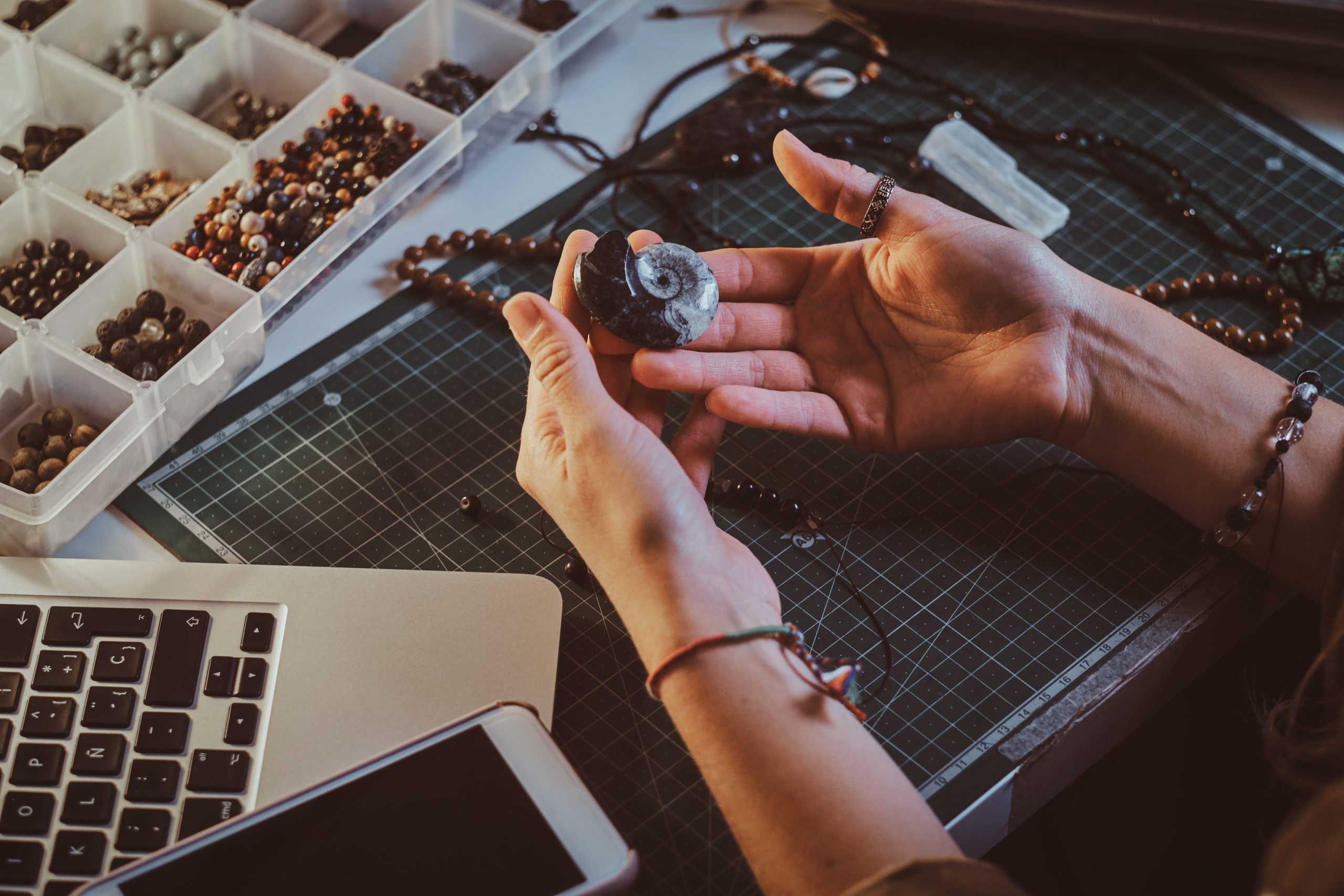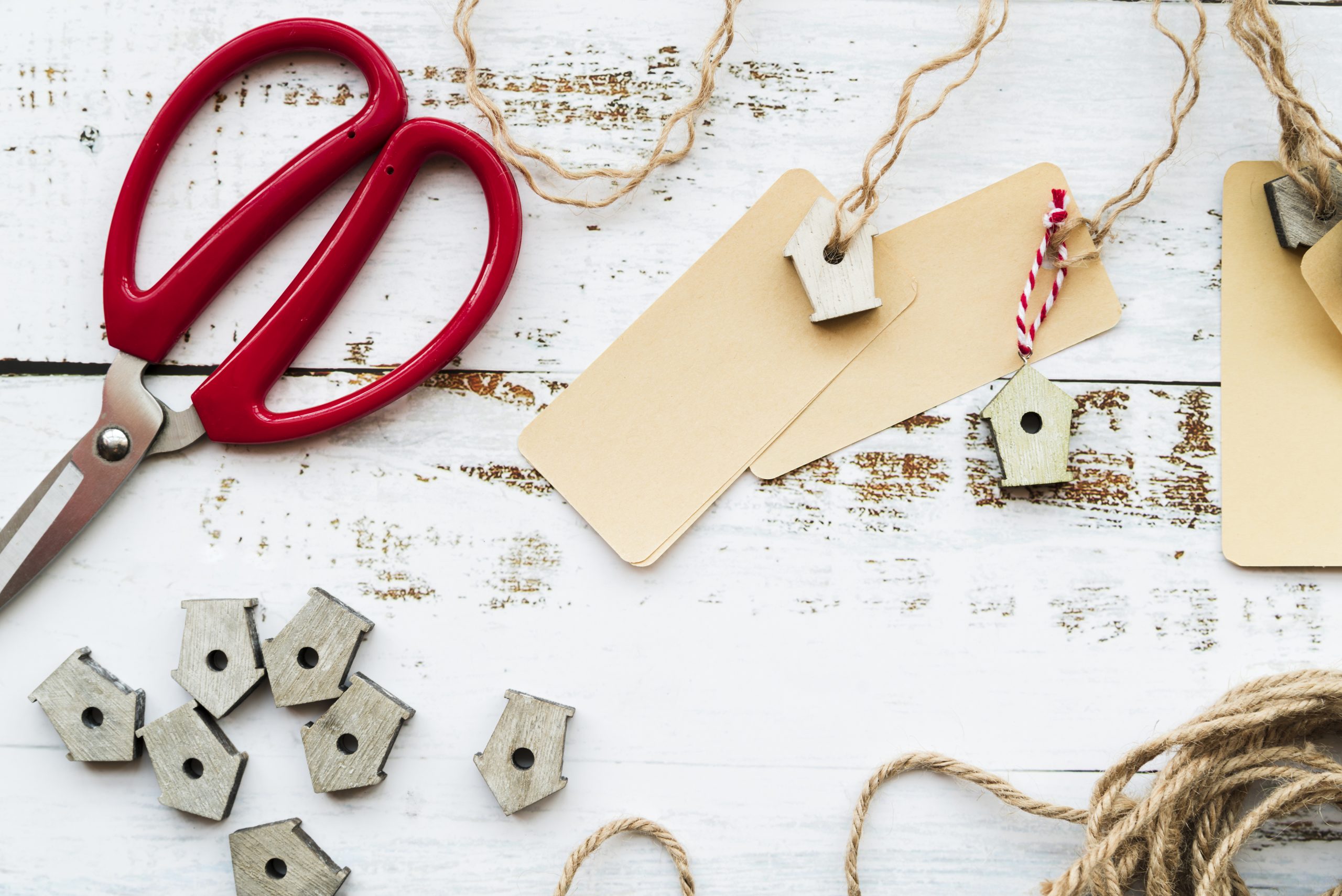Handmade jewelry is not only a beautiful form of self-expression, but it also carries a personal touch that mass-produced pieces often lack. Whether you’re a beginner or looking to refine your skills, mastering the art of handmade jewelry involves understanding key techniques, choosing the right materials, and embracing your creativity. Here’s a guide to get you started and elevate your jewelry-making craft.
1. Choosing the Right Materials
The first step to creating stunning handmade jewelry is selecting the right materials. Jewelry-making offers a wide array of options, from metals and beads to gemstones and wires. Each material offers different possibilities and challenges, so it’s essential to know what works best for your designs.
Common Materials for Handmade Jewelry:
- Wire: Copper, brass, sterling silver, and gold-filled wire are popular choices for crafting intricate designs.
- Beads: Glass beads, semi-precious stones, and pearls can add color and texture to your creations.
- Gemstones: For a luxurious touch, incorporate gemstones such as turquoise, amethyst, or diamonds.
- Chains: Select chain styles that complement your design, including cable, snake, or curb chains.
- Findings: Clasps, jump rings, ear wires, and pins are essential for assembling your pieces.
2. Mastering Basic Jewelry-Making Techniques
Learning the foundational techniques is crucial to achieving professional results in handmade jewelry. Here are a few basic methods you’ll want to perfect:
Wire Wrapping
Wire wrapping involves bending and twisting wire to create loops, coils, and other decorative shapes. This technique can be used to make earrings, pendants, and even rings. Practice using tools like round-nose pliers, flat-nose pliers, and wire cutters to shape your wire into flawless designs.
Beading
Beading is one of the simplest and most versatile techniques. It involves threading beads onto a string or wire to create necklaces, bracelets, or earrings. Learn how to use crimp beads to secure the ends of your strands and create professional-looking pieces.
Soldering
Soldering is used to join metal pieces together. This technique is essential for making durable and long-lasting jewelry, especially for creating rings, pendants, and bracelets. It requires a soldering iron and solder to melt and bond the metal parts. Practice with scrap metal pieces before moving on to your final designs.
Stamping and Engraving
Add a personal touch to your jewelry by stamping or engraving designs into metal. This can be done using metal stamps or an engraving tool. Whether you want to add initials, symbols, or intricate patterns, this technique allows for customization and uniqueness in your jewelry.
3. Design and Inspiration
Creativity is at the heart of handmade jewelry, so drawing inspiration from various sources is key to creating beautiful, unique pieces. Consider exploring different design styles, colors, and textures to express your individuality.
Finding Inspiration:
- Nature: Flowers, leaves, and animals can provide stunning inspiration for organic designs.
- Fashion Trends: Stay updated on current trends in the jewelry world to incorporate modern elements into your work.
- Personal Experience: Let your life experiences and personal style guide your designs. A piece that reflects something meaningful to you will have even more emotional value.
Sketching Your Ideas:
Before starting a project, sketch your designs to visualize how your jewelry will come together. This helps you experiment with different shapes and combinations without committing to a particular approach.
4. Attention to Detail: Finishing Touches
The details are what make your handmade jewelry truly stand out. Once you’ve assembled your piece, take the time to perfect the finish.
Tips for Polishing Your Jewelry:
- File Edges: Smooth out any rough edges with a jewelry file to ensure your piece is comfortable to wear.
- Polishing: Use polishing cloths or a rotary tool to buff your jewelry and give it a high-shine finish.
- Patinas and Antiquing: For a vintage look, apply a patina to your metal designs to give them depth and character.
Assembling the Final Piece:
When assembling your jewelry, ensure all findings, such as clasps and jump rings, are securely attached. Check for any loose ends and make sure your jewelry can withstand regular wear.
5. Selling Your Handmade Jewelry
Once you’ve mastered the art of jewelry-making, you may decide to sell your creations. Whether you choose to sell online, at craft fairs, or in local boutiques, marketing your handmade jewelry requires both creativity and business sense.
Tips for Selling:
- Create a Brand Identity: Develop a unique brand name, logo, and packaging that reflect your jewelry style.
- Photography: Take high-quality photos of your pieces to showcase them online or in a portfolio.
- Pricing: Research pricing for similar handmade jewelry to ensure your prices are competitive yet reflective of the time and materials invested.
Conclusion: Embrace Your Creativity
Handmade jewelry offers endless possibilities for self-expression, creativity, and skill development. By mastering key techniques like wire wrapping, beading, and soldering, you can create stunning, personalized pieces that reflect your style. With practice and patience, you’ll be able to create jewelry that not only looks beautiful but also tells a unique story. So, gather your materials, get crafting, and start designing your next masterpiece!
Pro Tip: Keep practicing your techniques and never be afraid to experiment with new ideas or materials. The more you create, the better your skills will become!


